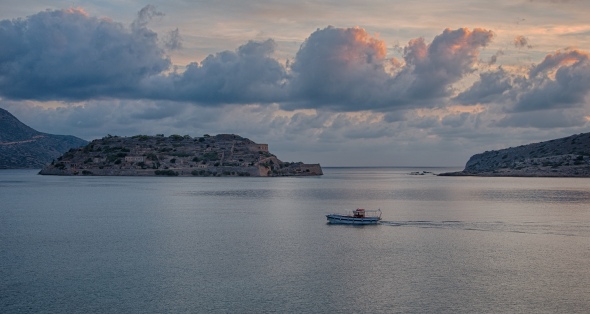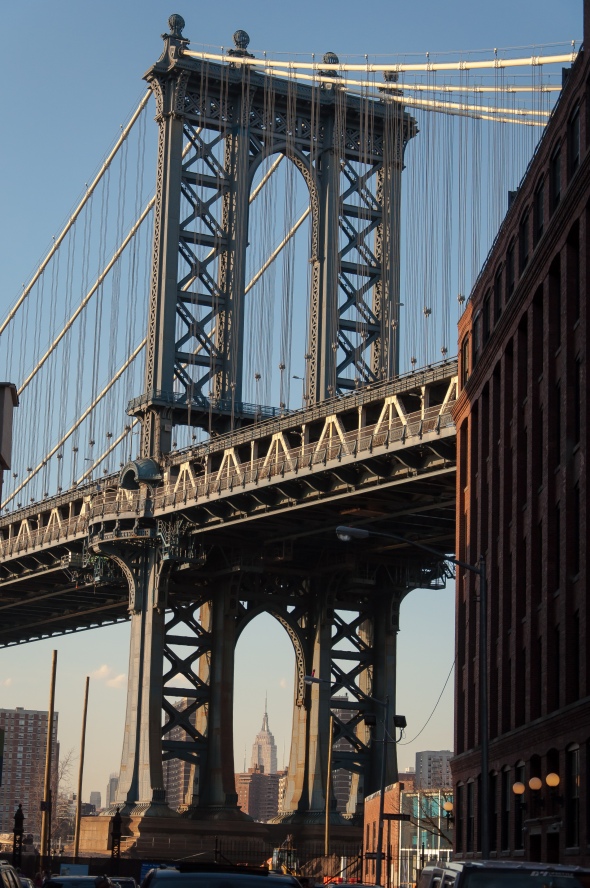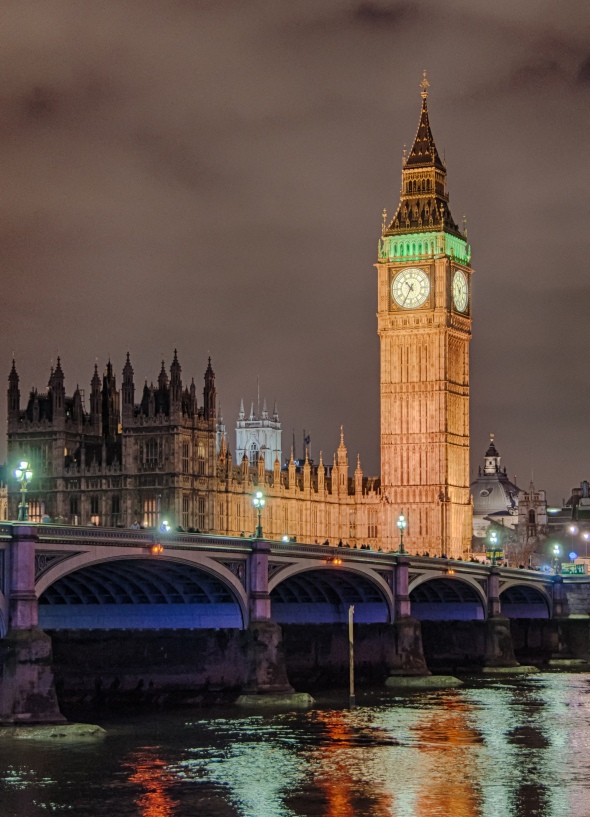Birds-eye view of boats on the Limmat near the Zürisee.

June 13, 2018 | Categories: City, Drone, Landscape, Photography, Switzerland, tourism, Travel, Zurich | Tags: creativity, Drone, limmat, mavic pro, Sailing, Switzerland, Travel and Tourism, water, zürisee, Zurich | 2 Comments
Birds-eye view of the Landiwiese on Lake Zürich

May 31, 2018 | Categories: Drone, Landscape, Photography, Switzerland, tourism, Zurich | Tags: creativity, Drone, landiwiese lake, Landscape, mavic pro, overhead, Sailing, sea, sunset, Switzerland, Travel and Tourism, water, Zurich | 1 Comment
This shot of the epically beautiful Matterhorn was taken while hiking the 5-Seenweg (Five Lakes Hike), which offers 5 stunning lake views of the alps and is a true Swiss classic.

May 23, 2018 | Categories: Landscape, Photography, Switzerland, tourism, Travel | Tags: beautiful, Clouds, Landscape, Matterhorn, mountains, reflections, Switzerland, water, Zermatt | 7 Comments

Long exposure shot of one of my favorite photo targets, Hjo Harbor Lighthouse on Sweden’s second largest lake, Lake Vättern. Click on photo to enlarge.
June 25, 2017 | Categories: Landscape, Photography, tourism, Travel | Tags: Black and White, Clouds, Hjo, lake, Lake Vättern., Lighthouse, long exposure, Sweden, travel, Travel and Tourism, water | 2 Comments

Sunset over harbor lighthouse in Hjo, a small picturesque Swedish town on the western shores of Sweden’s Lake Vättern.
March 26, 2017 | Categories: Landscape, Photography, tourism | Tags: Clouds, Hjo, lake, Lighthouse, sky, sunset, Sweden, water | 1 Comment

The Grossmünster church is a Romanesque-style Protestant church dating back to the 12th century. The twin towers of the Grossmünster are considered two of Zürich’s most recognized landmarks. Construction began around 1100 and the church was inaugurated around 1220. According to legend, the Grossmünster was founded by Charlemagne, whose horse fell to its knees over the tombs of Felix and Regula, Zürich’s two patron saints. Charlemagne thus had a church built as a monastery on the spot.
This long exposure shot (~2 min) of the church looks across the Münsterbrücke, a pedestrian and road bridge dating back to 1836 which spans the Limmat river.
March 18, 2017 | Categories: Architecture, City, Photography, Street Photography, Switzerland, tourism, Travel, Zurich | Tags: Black and White, christianity, fine art, God, Grossmünster, Jesus, long exposure, Religion, salvation, Street, Switzerland, travel, Travel and Tourism, water, Zurich | 3 Comments

Details of the Swiss sculptor Richard Kissling statue created in 1889 in honor of Alfred Escher, a renowned Zurich politician and entrepreneur.
March 6, 2017 | Categories: Architecture, Photography, Street Photography, Switzerland, tourism, Travel, Zurich | Tags: baby, Black and White, christianity, dragon, fountain, photography, Street, Street Photography, Switzerland, travel, Travel and Tourism, water, Zurich | 1 Comment

Beautiful series of falls on the nearby Tobelweg that leads from my ‘hood down to Küsnacht on Lake Zürich. This is from one of my first outings with the new Sony A7R II last winter. Still trying to get accustomed to the camera and the huge jump in technology since my last camera.
February 4, 2017 | Categories: Landscape, Photography, tourism, Travel | Tags: küsnacht, Landscape, long exposure, sony a7r II, Switzerland, tobelweg, Travel and Tourism, water, water falls, zollikerberg | 1 Comment
 Goodnight Crete. Time to move on.
Goodnight Crete. Time to move on.
January 9, 2017 | Categories: Greece, Photography, tourism, Travel | Tags: Crete, dancer, girl, Greece, photo, photography, reflections, silhouette, sunset, water | 5 Comments
 Casque traditional Greek fishing boat, Elounda Bay, Crete – 2015
Casque traditional Greek fishing boat, Elounda Bay, Crete – 2015
December 15, 2016 | Categories: Greece, Photography, tourism, Travel | Tags: Boat, caïque, Crete, Elounda, Greece, photography, Spinalonga, sunset, water | 1 Comment

Caïque Passing Spinalonga as Sunrise
Fall 2015 brings us to the Greek island of Crete. The tranquility of a cool sunrise is broken by the slow puttering of a traditional Caïque Greek fishing boat as it passes between the mainland town of Plaka and the island of Spinalonga in the Gulf of Elounda in north-eastern Crete.
November 26, 2016 | Categories: Photography, Travel | Tags: Crete, Greece, HDR, photography, Spinalonga, Sunrise, tourism, travel, water | 2 Comments

Life preservers and ropes on the S/S Trafik, one of Sweden’s oldest and best preserved steamboats dating back to 1892.
November 4, 2016 | Categories: Photography, Travel | Tags: Hjo, photography, sunset, Sweden, water | 1 Comment

Hjo Harbor 2015
Hjo is a small picturesque Swedish town on the western shores of Sweden’s second largest lake, Lake Vättern. The town, which dates back to the early 1400s, is one of the only original Swedish “wooden cities” that remains largely intact, complete with cobbled streets on the town square. While historically operating primarily as a fishing village and later a spa town, it has now become a popular summer destination for those wishing to experience the slower, more idyllic ambiance of “old” Sweden.
November 3, 2016 | Categories: City, Photography, Travel | Tags: Hjo, photography, rainbow, Sweden, travel, Travel and Tourism, water | 4 Comments

New York – 2015
View of the Empire State Building through the Manhattan bridge as seen from the Dumbo neighborhood of Brooklyn.
September 22, 2016 | Categories: Architecture, City, New York, Photography, Street Photography, Travel | Tags: bridge, Brooklyn, Dumbo, Manhatten, Manhatten Bridge, New York, New York City, Nikon D90, nyc, photography, Street, Street Photography, Travel and Tourism, water | 1 Comment
 View Across the Thames
View Across the Thames
The Tower of London (“Her Majesty’s Royal Palace and Fortress of the Tower of London“), located on the banks of the river Thames in central London, was first built in 1066 as part of the Norman conquest of England, the 11th-century invasion and occupation of England by Norman, Breton, and French soldiers led by Duke William II (William the Conqueror) of Normandy.
The White Tower, which gives the entire castle its name, was built by William in 1078, and was a resented symbol of oppression by the new ruling elite. Throughout the centuries the castle had been besieged multiple times, as controlling it was critical to controlling the country.
This view from outside the White Tower shows the Tower Bridge, a combined draw bridge and suspension bridge across the Thames which was built in 1886–1894.
June 26, 2016 | Categories: Photography, Street Photography, Travel | Tags: England, HDR, London, Nikon D90, photography, Street Photography, Tower Bridge, Tower of London, Travel and Tourism, water, World Heritage Site | 1 Comment
 Palace of Westminster
Palace of Westminster
The Palace of Westminster, meeting place Parliament of the United Kingdom. The palace was built in the eleventh century. Most of the original medieval structures were destroyed in fires. The current design was by architect Charles Barry, in the English Perpendicular Gothic style of the 14th-16th centuries. Can you see Big Ben? No You can’t! Big Ben is the BELL in the tower, not the tower…the tower is called ” Elizabeth Tower”, named in 2012 to celebrate the Diamond Jubilee of Elizabeth II (previously just called the Clock Tower).
June 23, 2016 | Categories: Photography, Street Photography, Travel | Tags: Big Ben, England, HDR, London, Nikon D90, photography, Street Photography, Travel and Tourism, water, Westminster, World Heritage Site | 1 Comment
 Der Phadiweg
Der Phadiweg
Long exposure shot of one of the many falls on the Phadiweg trail that leads from the old mill behind my home into downtown Zürich.
June 15, 2016 | Categories: Photography, Travel | Tags: long exposure, Nikon D90, photography, Switzerland, Travel and Tourism, water, Zurich | 2 Comments

Hafenkran
The Zurich Transit Maritime Art installation “Hafenkran” (harbour crane), was a 90 ton rusting crane which operated for more the 50 years in the port of Rostock in northern Germany, was installed from 2014-2015 on the banks of the river Limmat in Zurich. Its purpose was to “bring a feeling of the sea – and a sense of freedom – to landlocked Zurich”. Is (was) it art? Still being debated.
May 9, 2016 | Categories: Photography, Street Photography, Travel | Tags: HDR, Nikon D90, photography, Street Photography, Switzerland, Travel and Tourism, water, World Heritage Site, Zurich | 3 Comments
 Lake Hallstatt, Austria
Lake Hallstatt, Austria
This is my parting shot of my series on the charming and photogenic village of Hallstatt, Austria. There is no more tranquil and idyllic setting to share good times (and cold beers) with lifelong best friends!
April 9, 2016 | Categories: Photography, Travel | Tags: austria, blue, dusk, hallstatt, HDR, Nikon D90, photography, reflections, Travel and Tourism, water, World Heritage Site | 2 Comments
 Alpine Panorama
Alpine Panorama
This is the breathtaking view of Hallstatt, Lake Hallstatt, and the surrounding Austrian Alps as seen from the nearby entrance to the oldest salt mines in the world. From this view it is easy to understand why before 1900 Hallstatt, one of the first regions of human settlement, was only accessible by boat or narrow trail.
April 1, 2016 | Categories: Photography, Travel | Tags: austria, hallstatt, HDR, Nikon D90, photography, Travel and Tourism, water, World Heritage Site | 5 Comments

Picturesque Alpine Village and UNESCO heritage site
Hallstatt is an idyllic and unbelievably charming Austrian village in the Salzkammergut region of Austria. This tiny town consists of traditional 16th-century alpine homes built on a narrow strip of land nestled between the adjacent towering Alps and the beautifully tranquil Lake Hallstatt.
Hallstatt is known for its salt mines, which are the oldest in the world and date back to prehistoric times. The mines have been worked since the Neolithic period (Late Stone age, 7 to 10 thousand years ago!), and flourished during the Bronze and Iron ages. The early Iron age is actually known as The Hallstatt Period (800 to 400 BC) in Europe.
Hallstatt is so spectacular that in 2012 a Chinese mining company built a $940 million “clone” of Hallstatt in the Guangdong region of Southern China. I hear that the views through the smoggy Chinese industrial heartland are not quite as spectacular as the original.
March 30, 2016 | Categories: Photography, Street Photography, Travel | Tags: alps, austria, hallstatt, HDR, mountains, Nikon D90, photography, salt, Travel and Tourism, water, World Heritage Site | 1 Comment

Nazi Pillbox, Scheveningen Beach, The Hague, Netherlands
When I was a kid living in Holland in ’75 and ’76 I used to ride my bike to the beach (Scheveningen Beach) with my brother Mike and our friends. Near the end of the ride we passed through extensive sand dunes before we reached the North Sea. At the periphery of the dunes we passed these Nazi German R671 Pillboxes, which are remnants of the German Atlantikwall heavy artillery defense system.
The Atlantikwall was an extensive system of costal defense fortifications built by Hitler and Nazi Germany between 1942 and 1944 along the coast of Europe and Scandinavia which included trenches, gun positions, colossal coastal guns, and thousands of German troops stationed to protect against the anticipated Allied invasion of WWII. They are part of a last generation of static defences built on such a large scale.
In writing this entry I came across a website that visually depicts the Third Reich’s massive defensive line established on the European Western coast. Of special interest to me were the photographs of the intricate tunnel systems built beneath these very structures on this small section of the Dutch coast. I highly encourage you to explore this link (Bunkersite.com) and visit the tunnels and trenches under this and other beaches as well as descriptions of other components of the Third Reich’s Atlantikwall. Start with the gray links on the left of the page. This photo is from my 2014 visit back to Holland.
February 19, 2016 | Categories: Photography, Travel | Tags: beach, den haag, german, HDR, holland, Nazi, netherlands, Nikon D90, photography, Travel and Tourism, water, World Heritage Site, WWII | 3 Comments

Built 1603-1611, the Zuiderkerk (Southern Church) is a 17th-century Dutch Renaissance design Protestant church in the Nieuwmarkt area of Amsterdam. The church bells date back to 1658, and are still rung once a week.
It was rumored that Rembrandt painted his famous Night Watch in the church because his nearby studio and home was too small (likely untrue), however three of his children are buried here.
February 8, 2016 | Categories: Photography, Street Photography, Travel | Tags: amsterdam, HDR, holland, netherlands, Nikon D90, photography, reflection, rembrandt, Street, Street Photography, Travel and Tourism, water, World Heritage Site | 2 Comments


Reguliersgracht Canal, 7 Bridges, Amsterdam
View from the intersection of the Reguliersgracht and Herengracht canals. The Reguliersgracht is considered to be one of the most beautiful canals in Amsterdam, and at this location it is possible to view the famous seven bridges of the Reguliersgracht. I used long exposures to accentuate the passing headlights of the night traffic. This is one of my favorite photos that I have taken.
February 1, 2016 | Categories: Photography, Street Photography, Travel | Tags: amsterdam, bridge, canal, holland, netherlands, Night, Nikon D90, photography, Street Photography, Travel and Tourism, water, World Heritage Site | 1 Comment
 Goodnight Crete. Time to move on.
Goodnight Crete. Time to move on. Casque traditional Greek fishing boat, Elounda Bay, Crete – 2015
Casque traditional Greek fishing boat, Elounda Bay, Crete – 2015
 View Across the Thames
View Across the Thames Palace of Westminster
Palace of Westminster Der Phadiweg
Der Phadiweg Lake Hallstatt, Austria
Lake Hallstatt, Austria Alpine Panorama
Alpine Panorama


















